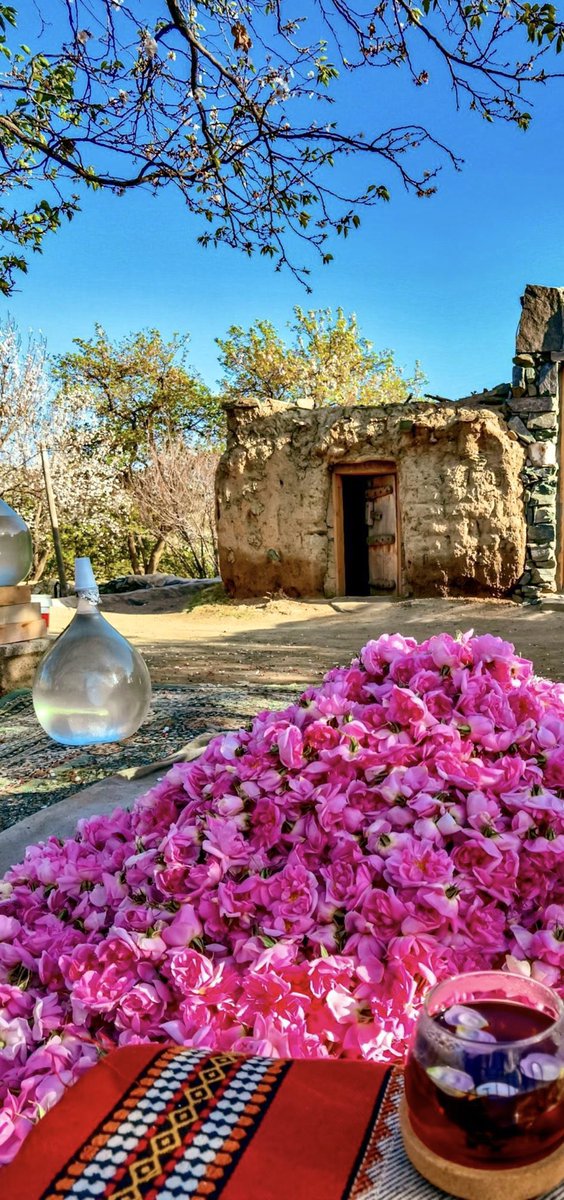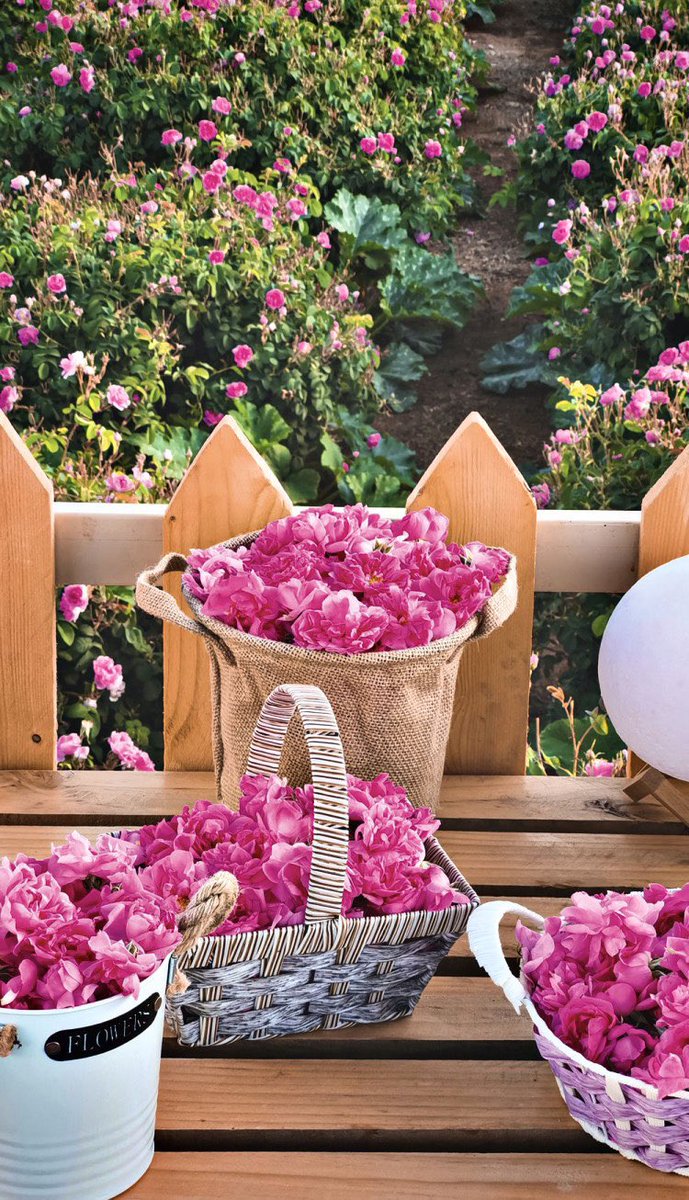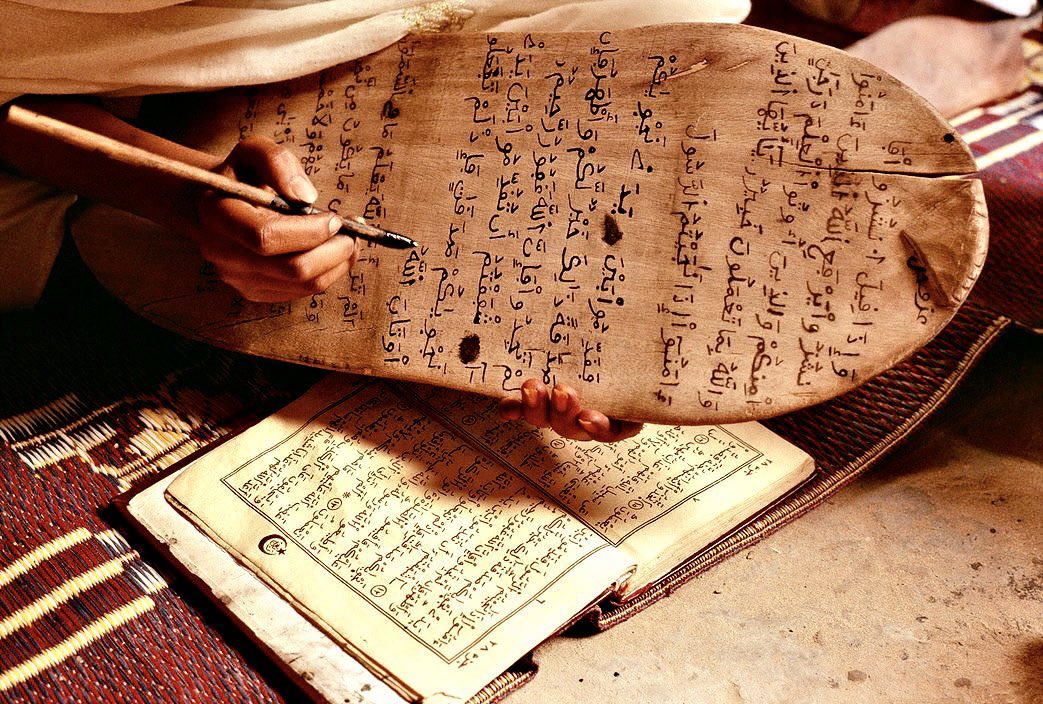Gargee'an (قرقيعان) is an eastern Arabian traditional annual festival which takes place on the 15th night of Ramadan.
It is celebrated by children dressing in traditional attire & going door-to-door to receive sweets from neighbours, as they sing traditional songs
A thread…
It is celebrated by children dressing in traditional attire & going door-to-door to receive sweets from neighbours, as they sing traditional songs
A thread…

1/ The Gargee'an tradition has existed for hundreds of years, and is deeply rooted in some parts of the Gulf culture, especially in Iraq, Kuwait, Bahrain, UAE and Saudi Arabia
The word Gargee’an refers to the giving of gifts but has widely been used to refer to the day itself.
The word Gargee’an refers to the giving of gifts but has widely been used to refer to the day itself.

2/ Children wearing traditional attire — boys in thobes and ghutras and girls in jalabiyas — frolic door-to-door singing and exchanging candy and nuts 

3/ The holiday is known by other names in the wider Arab world: Majeena or Garangao in Iraq, Garangaou in Qatar, Gargaaown in Bahrain, Al-Nasifa in Qatif, Karkee'aan or Qariqaan in Saudi Arabia, Girgian in Kuwait, At-Tablah or Qarnakosh in Oman, and Hag Al-Leylah in the UAE 

4/ Children gather in small choir groups in front of a home and sing. The song is intended to ask God to bless the youngest child of the family with health, and that the mother will remain happy. The more they sing, the more nuts and sweets they receive. 

5/ A group of Iraqis, dressed in traditional clothes, celebrated the popular festival of Gargee'an, parading through the streets of Basra’s Zubair neighborhood
Video credit @Reuters
Video credit @Reuters
6/ The Gargee'an tradition is intended to spread love, happiness and affection among adults and children.
A man distributes gifts to children as they celebrate Gargee'an in Qatif, Saudi Arabia. Reuters
A man distributes gifts to children as they celebrate Gargee'an in Qatif, Saudi Arabia. Reuters

• • •
Missing some Tweet in this thread? You can try to
force a refresh

 Read on Twitter
Read on Twitter






















